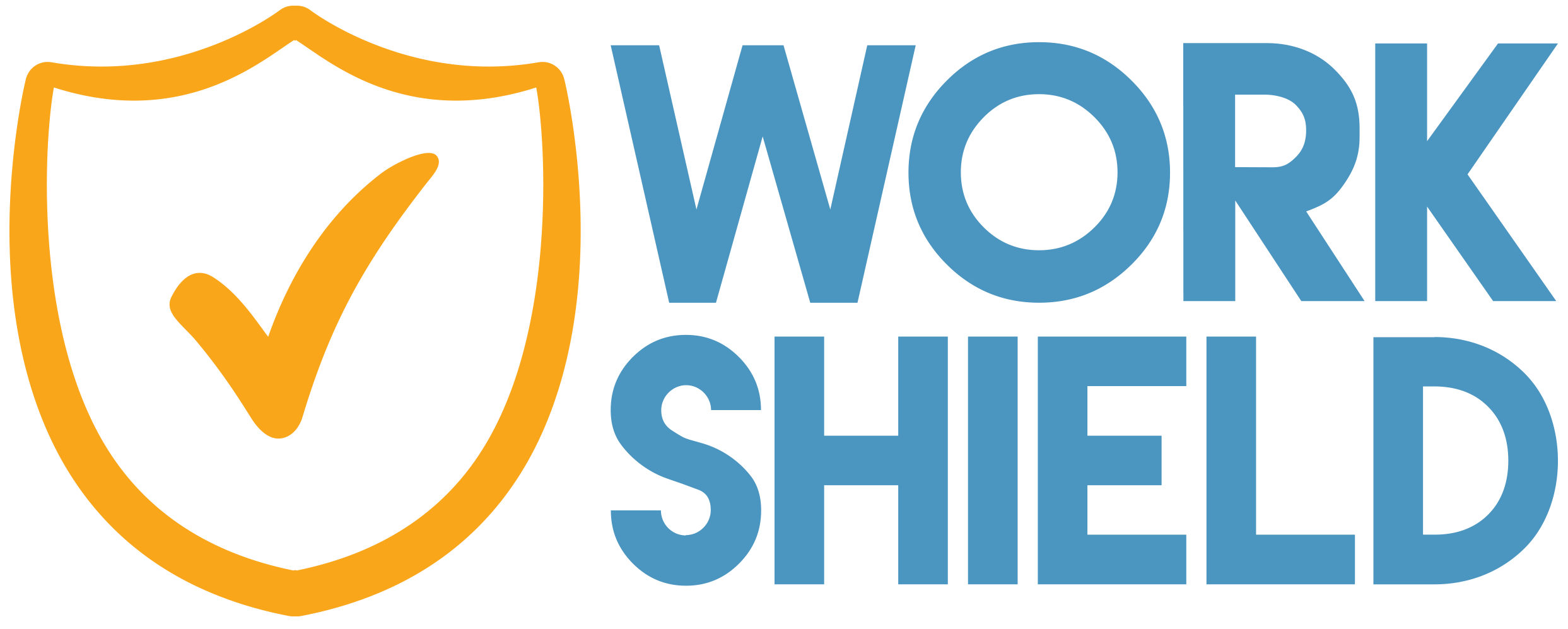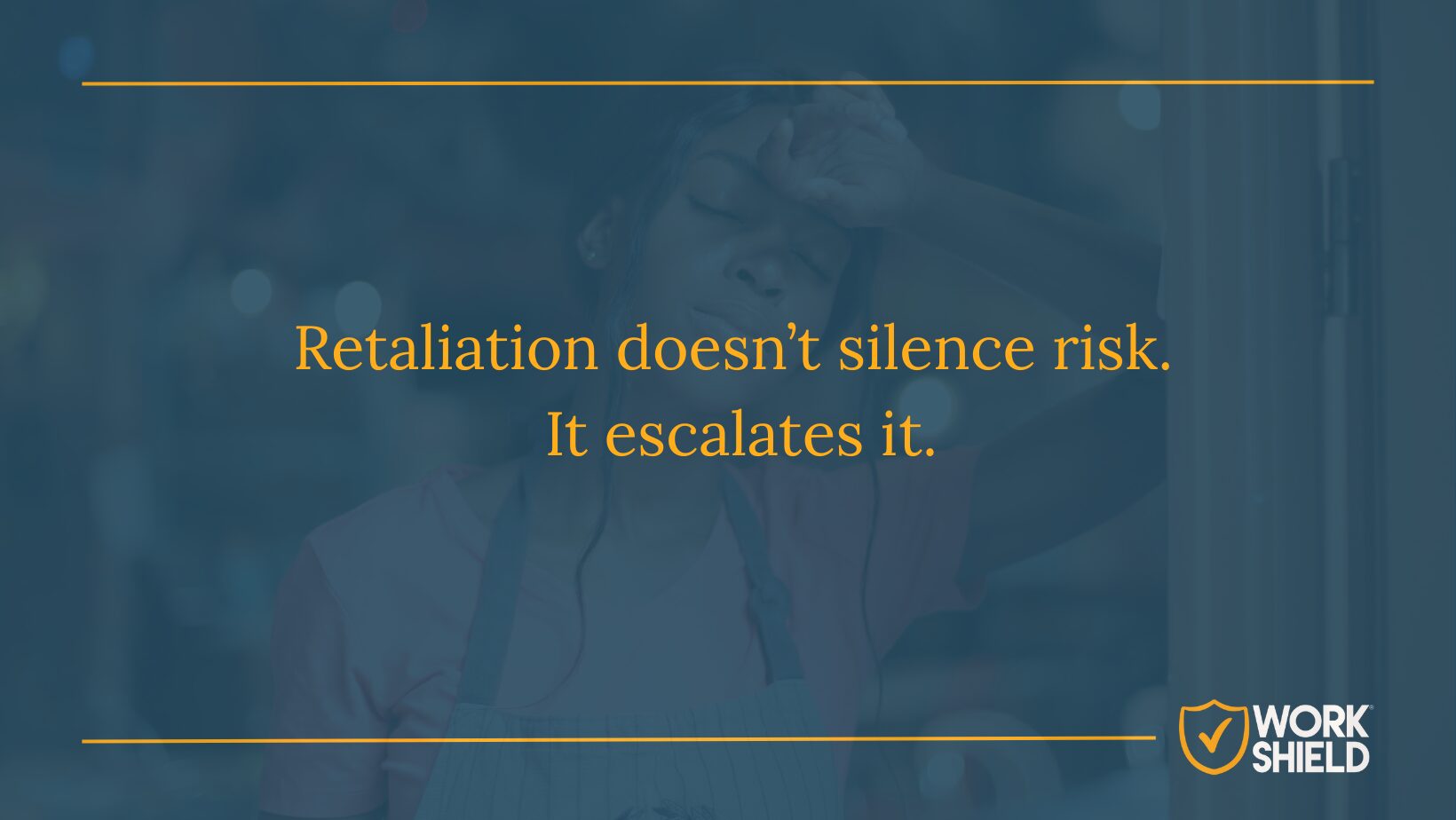It seems there’s a new high-profile, very public harassment or discrimination claim every week. But we know this misconduct isn’t exclusive to the Fortune 500. It happens in every industry and every size organization. It happens amongst co-workers, managers, independent contractors and even customers. In fact, eight in ten companies will deal with an issue every year.
And the problem is not going away — following social unrest from the pandemic and the systemic racial discrimination our country is facing, experts say companies and employers can expect discrimination claims this year to increase by almost 50%.
The Real Cost of Harassment and Discrimination
In 2019, US companies paid $68.2 million in harassment and discrimination claims through the EEOC, a 20% increase from the previous all-time high. But there are more than just settlement fees to consider when companies deal with harassment and discrimination – cultural impact, lower employee engagement, increased absenteeism, lower productivity, bad press and more. One study even found that US companies lose about $22,500 per employee in lost productivity and employee turnover due to sexual harassment.
Hard Costs
If an employee files a claim with the EEOC and the commission determines liability, the company could face settlement fees up to $300,000 (the current federal cap). In addition to settlement fees, the company would pay an average of $125,000 to defend itself in the lawsuit.
Thankfully, not all incidents escalate to lawsuits. So let’s look at the opposite end of the spectrum – a best case scenario – an incident that is handled internally and in which no fault is determined.
Internal HR Time
- Average salary: $75,000 (approx. $38 / hour)
- Average hours spent on one incident: 20
- Cost per incident: $760
Internal Legal Counsel
- Average salary: $125,000 (approx. $63 / hour)
- Average hours spent on one incident: 15
- Cost per incident: $945
Outside Legal Counsel
- Average hourly rate: $400
- Average hours spent on one incident: 10
- Cost per incident: $4,000
Average Turnover Costs (lost production training, recruiting, etc.): $15,000
Total Cost Per Incident: $20,705
The average annual incident rate is 4% of a company’s employee population. Based on this average, a company of 1,000 employees could expect 40 incidents in a year.
Annual Cost for All Incidents (40): $828,200
Equity Value Loss
According to a recent study, companies with the highest sexual harassment rates underperform the market by 19.9%. The researchers looked at reviews submitted between 2011 and 2017 to two of the most popular anonymous employee review sites, Glassdoor and Indeed.
The loss from underperforming valuations averaged $1.92 billion a year for the companies in the top 2% of incidences, and $930 million for those in the top 5%.
“The equity value loss … is a much larger potential cost of workplace sexual harassment than the direct compensation to affected employees,” the report said.
The study also found that higher incident rates led to declines in operating profitability and increases in labor costs.
Cultural Losses
The Energy Project and Harvard Business Review found that when four basic needs were met, employees were happy. These core needs are physical, emotional, mental and spiritual well-being. If employees are experiencing harassment or discrimination, it is reasonable to assume that at least one – and potentially all four – of these basic needs are not being met. Growth Everywhere makes a good statistical case for positive culture – here are a few highlights that speak for themselves:
- Companies with happy employees outperform the competition by 20%.
- The Department of Economics at the University of Warwick found that happy workers are 12% more productive than the average worker, and unhappy workers are 10% less productive.
- A Columbia University study shows that the likelihood of job turnover at an organization with high company culture is 13.9%; the probability of job turnover in low company cultures is 48.4%.
- Low-level engagement within companies results in a 33% decrease in operating income and an 11% decrease in earnings growth.
- Companies with high-level engagement have a 19% increase in operating income and a 28% increase in earnings growth.
The cultural impact of harassment and discrimination isn’t limited to those directly involved either. Research has shown that workplace sexual harassment greatly impacts bystander witnesses as well by creating an atmosphere of fear and intimidation.
How To Prepare for and Manage Risk
The cultural and financial implications of workplace bad behavior are significant and the likelihood of employees filing claims is increasing. Yet, traditional “open door policies,” anonymous hotlines and even newer anonymous reporting apps don’t do enough to prevent harassment and discrimination from happening or deal with it when it does. When reports are sent back to a company to investigate and resolve internally, employees still don’t have a real voice. And, employers can still legally be held liable for the bad behavior of an employee, independent contractor, or a customer. According to DEI expert Risha Grant:
“Overall, everybody, when they talk about the systems that are in place and they say that systems don’t work, that’s not true. They work perfectly… But they only work for the people they were designed to work for.”
Unlike anonymous hotlines and reporting apps that simply direct employees’ complaints back to their companies for internal investigations, Work Shield manages workplace harassment and discrimination incidents from start to finish. Upon submitting an incident, qualified Work Shield Certified Legal Professionals impartially investigate the incident. Following a thorough and efficient investigation, these experts then report the findings back to the employer with a recommended resolution(s). Impartial, comprehensive management gives employees a real voice and removes liability for employers. This unique, and much needed, approach builds trust and protects both employees and employers.
Employees who feel their voice is heard at work are nearly 5x more likely to feel empowered to perform their best work. Productivity and profitability improve, and workplace cultures become more equitable, diverse and inclusive spaces. If employers want to protect their employees from toxic workplace behavior and protect themselves legally and financially, a new system for managing harassment and discrimination has to be put into place. One that is designed to treat all parties equitably, one that encourages instead of stifles voices and one that ensures issues are dealt with consistently, effectively and efficiently.
About Jared Pope
Jared is Founder and CEO of Work Shield, the only start-to-finish workplace harassment and discrimination reporting, investigation and resolution solution that protects employees, employers and cultures at the same time. Jared practiced law and ran a practice focused on human resources, ERISA, benefits and employment matters for over 15 years and is a knowledgeable resource on workplace culture and harassment and discrimination issues.
Connect with him on LinkedIn.





